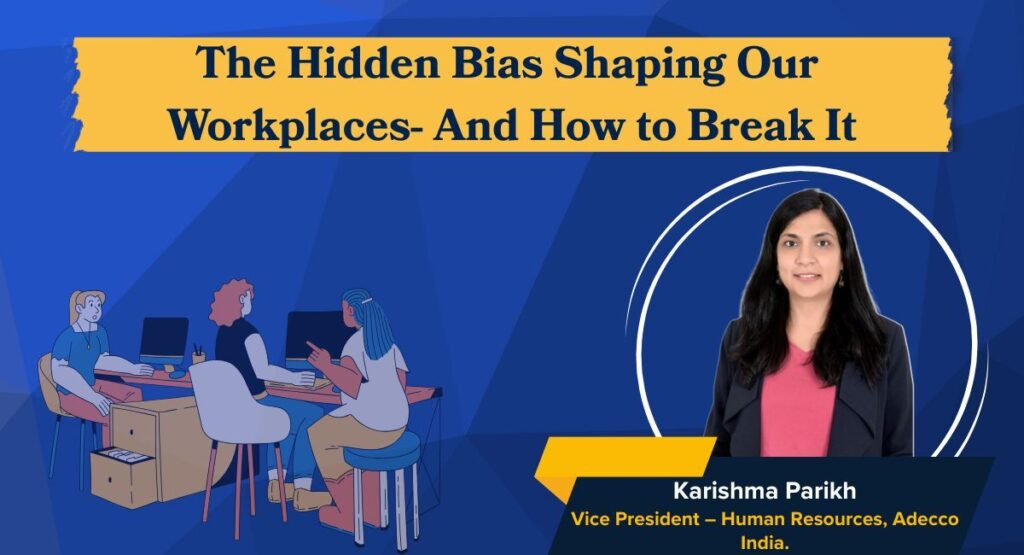As per Cutshort’s ‘Moonlighting In The Indian IT industry’ survey, at least 22.9% of Indian professionals have partaken in moonlighting. Out of the 3,085 participants of the survey, 7.4% confessed that they were still actively moonlighting.
In generic terms, moonlighting is simple enough to understand. Any job that you may hold apart from your primary one can be considered moonlighting. From short-term projects to long-term consultations, having a secondary form of earning is certainly not out of the norm in India.
However, the process of moonlighting also comes with its own set of complications, impacting both employees and employers. From legally binding contracts to ethical work practices, moonlighting often ends up falling in a grey area that seems sparkly from a distance but is full of murky waters that can be extremely hard to navigate.
Motivations Behind Moonlighting
Unlike what some expect, moonlighting is not just about financial benefits, though the extra pay is certainly a major driving factor.
Skill Drivers
In the Cutshort study, 73.41% of the respondents cited “learning and applying new skills” as their primary motivation behind moonlighting. With the rise of new technologies on a daily basis, employees want to make sure that their skills remain diverse and polished. As such, they opt for secondary jobs that can help them hone the skills that are not being used to their full potential in their primary role.
Job Satisfaction and Organisational Commitment
‘Nature’s Journal of Humanities and Social Sciences Communication’ directly related a decrease in job satisfaction and organisational commitment to an increase in the likelihood of moonlighting.
The decrease in these two factors can be attributed to various reasons, but ultimately, they result in the same outcome. When an employee does not feel completely satisfied with their work or is not connected with their company, they can easily turn to moonlighting for their professional and personal interests.
Extra Income
For most people, moonlighting seems to be a venture related to financial gain. Having a secondary job, more often than not, means an increase in one’s earnings, no matter the amount.
Even Cutshort confirmed that at least 45% Indian IT professionals opt for moonlighting with extra income as their primary reason. Though a seemingly mercenary reason, it also sheds light on how many employees in India do not feel well compensated for their work.
Common Moonlighting Practices
These days, moonlighting is not just about part-time jobs or doing the same work at two places. With diversification in work models and an increase in internet-based content, moonlighting has also become varied, catering to a variety of interests.
Freelancing Platforms
Platforms like Upwork, Fiverr, Freelancer, and Truelancer allow moonlighters to advertise their services over the internet at a steady price. Workers have the option to set their own rates, choose their assignments, and pick work at their own pace.
EdTech and Teaching
What better way to utilise one’s complete skills than to teach them to others? That is a mindset that has led many professionals in India to work part-time for platforms like Byju’s, Unacademy, and Chegg.
The specialised courses offered by these platforms are bolstered by the experience of working professionals. In the current era, where learning and development are becoming more important than ever, many employees have found teaching to be a fulfilling way to impart their knowledge while helping other professionals.
Content Creation/Influencing
Content creation in a professional environment combines learned skills, public speaking, and a desire for fame. Through blogging, YouTube channels, and affiliate marketing, indian professionals choose to share their ideas with the world, while also making money and earning fame.
While many might not consider content creation to be moonlighting, the work does require specialised skills and dedication, especially for those who have substantial followings. Interestingly, this form of self-employed moonlighting is often not something that employers mind, as long as the content is professional in nature and promotes their own brand due to association.
Tech Contracts
Tech contracts are one of the most traditional methods of moonlighting. Professionals often undertake short-term assignments involving specialised skills for specific projects that exclude them from being a part of a full-fledged workforce. Instead, they offer their services as short-term contractors.
Most contractors do not get to enjoy the additional benefits provided by the contracting company. The nature of the compensation in this line of work is often limited to financial transactions
Duplicate Positions
In some rare cases, employees undertake two full-time jobs at the same time. This is a trend that has come to light with the rise of work-from-home models, as it allows workers much more flexibility when it comes to their working conditions.
In cases like that of Soham Parekh, an employee working for two companies at the same time is highly frowned upon, if not outright illegal, due to breach of contract. In a different instance, AuthBridge, a verification company, found an employee working for 15 companies at the same time.
Gig Work
Gig Work has been on the rise in India, and many within India opt for this kind of work on a part-time basis for extra income. Platforms like Rapido or Ola are often used by workers with two-wheeled vehicles to provide cab services during their off-hours for routes that suit them the best.
Legal and Contractual Landscape
Keeping aside the ethical implications of moonlighting, it is important to understand where the Indian law stands when it comes to people working for more than one company.
Factories Act, 1948 (Section 60)
Section 60 of the Factories Act, 1948, states that “no adult worker shall be required or allowed to work in any factory on any day on which he has already been working in any other factory, save in such circumstances as may be prescribed.”
As such, factory workers cannot work in two factories on the same day. However, this does not bar them from either working a different kind of job on the same day or working in a second factory during their days off from the first factory.
Industrial Employment (Standing Orders) Rules, 1946
Schedule I-B of the Industrial Employment (Standing Orders) Rules, 1946, states that “a workman shall not at any time work against the interest of the industrial establishment in which he is employed and shall not take any employment in addition to his job in the establishment, which may adversely affect the interest of his employer.”
This particular piece of legislation bars employees from partaking in a secondary job that can directly affect their primary employer and work. However, workers can still take up a second job if it does not conflict with their primary job and hamper their ability to perform their tasks efficiently.
Contractual Clauses
Most corporations include an exclusivity clause within their employment contracts. While the details of such clauses may vary, the legality of the contract makes it unlawful for workers to partake in moonlight if they are employed by a company that has such a clause in effect.
In the End…
Legally speaking, moonlighting is not illegal in India. In fact, the regulations surrounding moonlighting within the corporate sector are seemingly solely governed by the contracts and clauses agreed upon by the companies.
What employers need to understand is that moonlighting is not always about extra income. Secondary jobs are often seen as learning opportunities that employers themselves should capitalise on, if possible.
In a similar vein, many companies have started to advocate for a more transparent approach towards moonlighting. The “live and let live” is grounded in the idea that employees should be allowed to work for non-competing companies while maintaining open communication.





